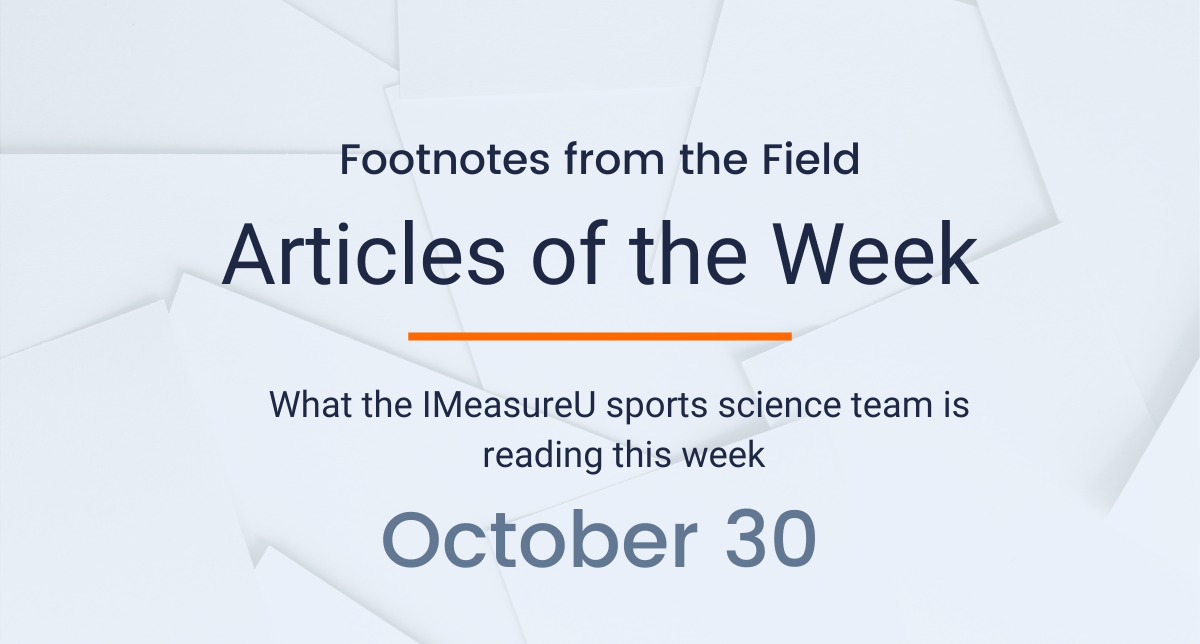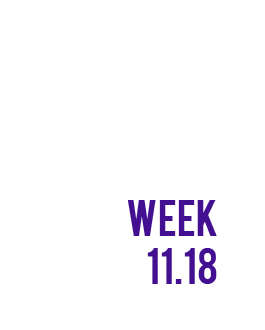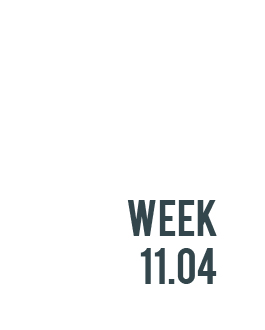
Here’s what the sports science team at IMeasureU is reading this week:
The first item this week is from Jeffrey Taylor and colleagues at High Point University. The purpose of this case report was to quantify and monitor load using innovative technology during physical therapy rehabilitation after ACL reconstruction (ACLr) and compare to normative sport participation data. The authors conclude that standard rehabilitation, though effective at achieving limb symmetry goals, may underload patients relative to their required sport demands. They also state that, ‘with current clinical emphasis on restoring limb symmetry, clinicians may need to shift focus towards load preparation when returning a patient to their sport.’
The second article in this week’s list comes from Erica Eannucci and colleagues in the Hospital for Special Surgery in New York. The authors sought to compare patient satisfaction with in-person and telehealth physical therapy and to determine the factors—such as age, gender, or insurance payer—that contributed to patient satisfaction scores. They concluded that found no overall difference in patient satisfaction between those receiving inperson PT and those receiving telehealth PT. This was true for initial and follow-up visits, with the exception of two categories: the “ability of scheduling an appointment” and “progress towards attaining your treatment goals.” However, the clinical significance of these two exceptions is questionable.
The final article comes from Iris Dijksma and colleagues from the Netherlands Ministry of Defense in the BMJ Military Health Journal. The main purpose of this study was to provide an overview of dropout rates and musculoskeletal injury (MSIs) incidence rates during elite military training. Second, this study aimed to explore restricted training days due to MSIs and to describe MSI-care by military physicians. Results suggest that one out of four recruits who dropout from elite military training in the Netherlands Armed Forces (NAF), do so due to MSIs. Redesigning training programmes with the objective to reduce MSIs should be given high priority, as this may reduce dropout substantially. They concluded that redesigning training programmes with the objective to reduce MSIs should be given high priority, as this may reduce dropout substantially.
For more sports science check out our blog for in-depth case studies and industry updates. Also, be sure to sign up for our newsletter below so you are always up to date with the latest research.




